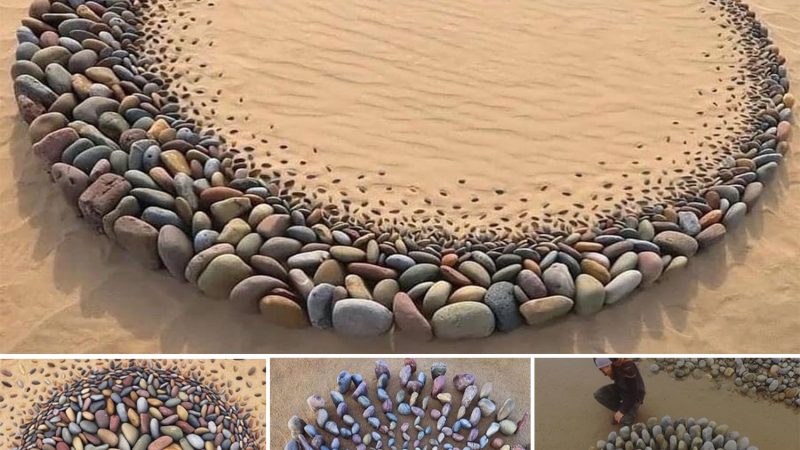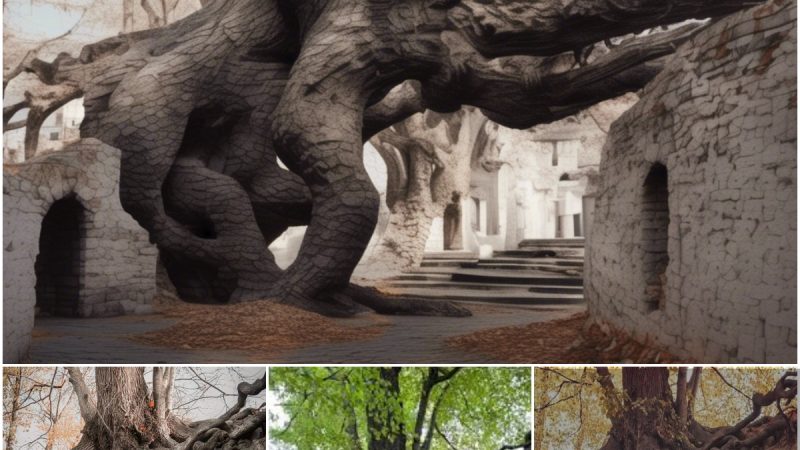In the heart of the Saudi Arabian desert, amidst the arid wastelands and ancient history, a truly perplexing natural wonder stands as a testament to the enigma of nature itself. The Al Naslaa rock formation is a sight to behold, measuring a towering 6 meters in height and spanning 9 meters in width. However, it’s not the sheer size that makes it a spectacle, but rather the inexplicable vertical split that cleaves it right down the middle. It appears as if it was surgically sliced with laser precision, and its origin has left scientists and enthusiasts baffled for years.
Situated in Saudi Arabia’s Tayma Oasis, a region boasting the country’s oldest human settlement, Al Naslaa consists of two colossal sandstone boulders. What sets this formation apart from any other is the uncanny perfection of its vertical gap, a smooth crevice that runs with such exactitude that it appears as though it was meticulously crafted by some otherworldly force.
This geological anomaly becomes even more intriguing when you consider the ancient petroglyphs etched into its surface. These mysterious carvings are believed to be thousands of years old, providing a link to human inhabitants from the Bronze Age. One such petroglyph depicts a person leading a horse, reminiscent of the Arabian horse, one of the world’s oldest breeds still in existence. Its origins trace back to Saudi Arabia in the seventh century, long before Al Naslaa’s formation.
The central feature of Al Naslaa, its inexplicable vertical fissure, has led to numerous theories about its creation. Some speculate that ancient gods or even extraterrestrial beings may be responsible for this remarkable split. Social media has buzzed with theories, including the notion of advanced technology being involved in its making.
Others suggest that geological factors may have played a role. Al Naslaa could be positioned along a fault line, a place where tectonic plates shift, causing rock formations to separate. Alternatively, it may be the result of a joint within the sandstone rock, which, over time, wore away, leading to the larger formation’s split. It’s important to note that sandstone rocks with existing joints are more likely to exhibit vertical separations, much like the one found in Al Naslaa.










